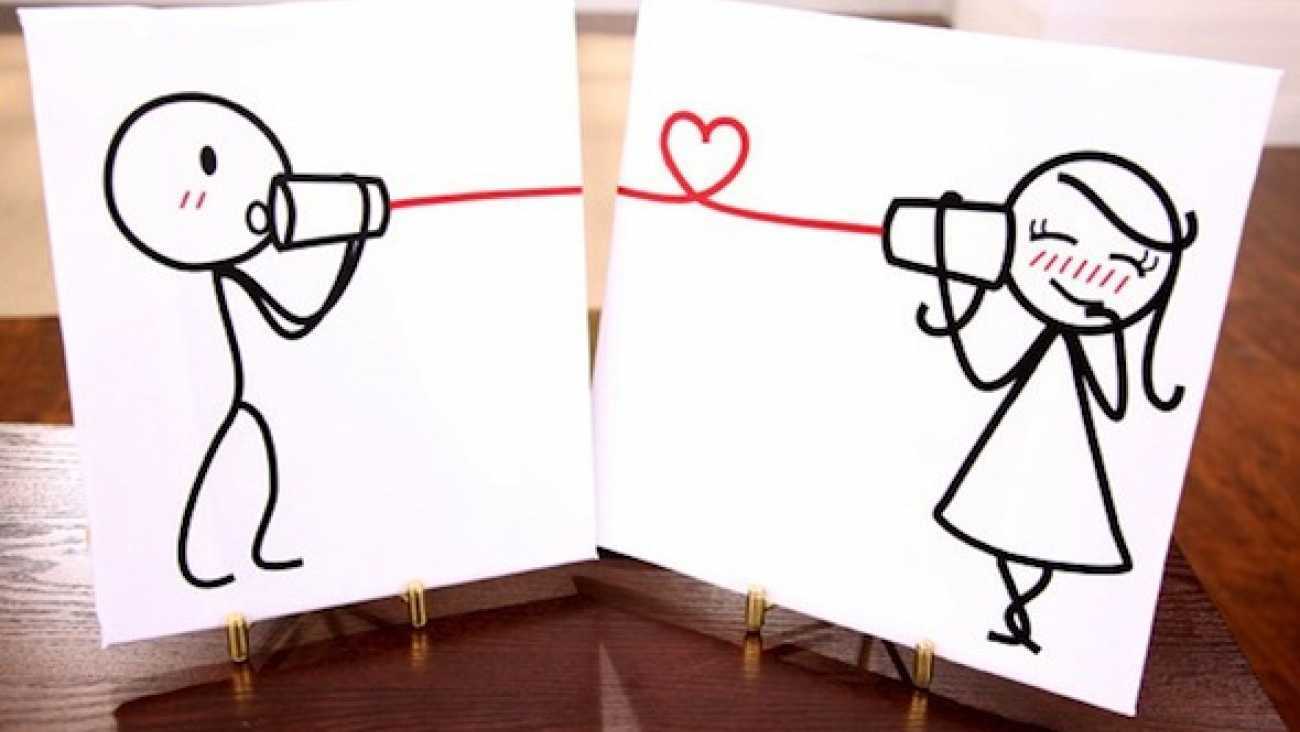
Relationships are confusing at the best of times and when science is thrown into the mix, things get even more complicated. The majority of people assume it’s a simple case of two individuals finding each other attractive and things just blossom from there. But according to research, love is in fact a science.
One such researcher is the aptly named the “love doctor”, aka Gary Lewandoski – who researches, teaches and writes about love.
During his intimate relations course, Lewandoski encourages his students to seek a relationship that’s based on more than attraction. “I try to teach them how important that physical attraction stuff really isn’t. It is other things.”
The love doctor is a realist and his formula behind choosing a mate reflects this – desirability equals attractiveness multiplied by the probability of acceptance.
“Say you are a five – in level of hotness – and you want to go after a nine or 10. This [formula] will get you every time,” he explains.
“What are they going to say to you, these nines or 10s? Nothing. They won’t even talk to you. Or they will give you a number, but it won’t be their number.”
Delving slightly deeper than face value, Helen Fisher – a well-known cultural anthropologist – explains that to achieve chemistry in a relationship, there literally needs to be just that.
According to Fisher, we choose our partners with people whose chemicals complement our own. Meaning a person with a high oestrogen level may be attracted to someone with high testosterone.
Fisher suggests that there are three main stages that we fall in love: lust, attraction and attachment. She says that during these three stages there are several hormonal changes and chemical reactions involved. She says that the first stage of falling in love is lust. A lust fueled by testosterone and oestrogen, the very hormones that make us want to go searching for a man or woman. Testosterone has proven to play a huge role in both men and women’s sex drives. It encourages risk-taking and flirting and helps kick-start the beginning of a relationship.
Then there is the attraction stage, the stage that sends the nervous system a bit mad. When you‘re attracted to someone your body releases adrenaline which causes sweaty palms and a faster beating heart. During this phase the “happy chemical” more commonly known as dopamine is released in large amounts causing feelings of intense happiness that result in you wanting to spend as much time as possible with your partner.
The final stage is attachment, the stage that many happy couples can’t quite reach. In this stage hormones help form the bonds that help keep the luckier couples together. Oxytocin and vasopressin are the hormones of the hour here and are both released during sex. According to research, the more oxytocin released the deeper a bond grows.
So the next time you find yourself getting weak at the knees about someone, just take a moment to contemplate that subconsciously you may be attracted to their testosterone or oestrogen levels. And they say romance is dead.
Caoimhe Ni Lionsigh




Leave a Reply